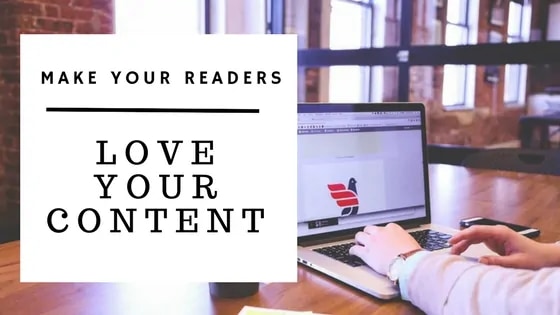Website Content Structure That Is Engaging To Visitors
Look closely at this article. Not at the words, though they’re important, but rather the content structure. Yes, that’s important. In fact, it’s critically important for the success of your online publishing business.

There are good ways and bad ways to present content to readers in the online world, whether your target audience is on a tiny smartphone screen or a big 4K desktop monitor. Some of the best practices we all learned the hard way from sites like MySpace (tip: dark red letters on a black background still looks awful!) but there are a lot of other aspects to content structure that can make your content more readable and engaging.
We’ve talked about how hacks for improving things like bounce rate before. Now, I’m going to talk a little bit about writing in a way that is more engaging to readers (in ways you probably haven’t thought of before).
Content structure combats short attention spans
It’s worth stating up front that people have shrinking attention spans. Maybe an occasional college professor will enjoy reading 20 paragraphs of dense prose with nary a space between them, but most people want to be able to skim, flit between points and find conclusions quickly.
We talked about how usability and site architecture can help this here.

In fact, most content structure best practices are related to this fact. Here are some to keep in mind before we go any further:
- have blank lines between paragraphs
- keep your paragraphs short
- include pictures, graphics, illustrations or photographs
- use high contrast colors for text and backgrounds
- use pull-quotes to highlight a key point
“Get to the point, get to the point! Get to the friggin’ point!! – Me, later in this article”
See what I did right there? A bullet list. That’s a great way to pull out key points and help readers find them and process them quickly. It’s easy to get into the practice too, just imagine you’re in boot camp and there’s a drill instructor screaming in your ear “Get to the point, get to the point! Get to the friggin’ point!!”
Different styles of writing have different expectations from the reader, but from newspapers to magazines, books to online sources like Wikipedia, these rules of clean, simple layout are both popular and pervasive. You can force the reader to struggle with your complex, erudite, polysyllabic approach to prose and dense content structure, but why?
Leverage useful and interesting content
Did you notice that I’m using subtitles as a way for you to more easily understand what’s coming next in our discussion and to make it easier to skim for key takeaways both?
The same is true if you use bold in your prose. In fact, my rule of is that bold is for skimmers while italics is emphasizing points for people who are already reading the prose. Generally speaking, italics don’t jump out from the page to make content easier to find, does it?

And there I go again. Open-ended questions. Use of metaphors to make prose more accessible to the average reader. Short sentences because the average visitor to your site probably has a middle-school reading level. And humor. It’s not always appropriate, but try helping the reader understand what you’re saying and they’ll be more engaged!

Images, pictures, and graphics are some of the most important things you can add to a page and that goes back to that short attention span problem we alluded to earlier.
You have just a few seconds for a visitor to decide whether to dive in and start reading your content or not, so make sure the layout is accessible and inviting. Then make sure your opening paragraph is solid too, because as Kindle data shows, even people who are committed readers are getting faster and faster to abandon content they find boring!
Test it all out yourself
Ultimately, though, it’s not just about your writing. You can have great, compelling content, but if you have a content structure that’s reader unfriendly, it’s going to be the proverbial uphill struggle. Look at your website content structure, steal some of our ideas, and augment your existing content to make it better for visitors. Your user experience metrics should reflect the improvements!
Thoughts, criticism, questions? Leave them below and we can keep chatting…


